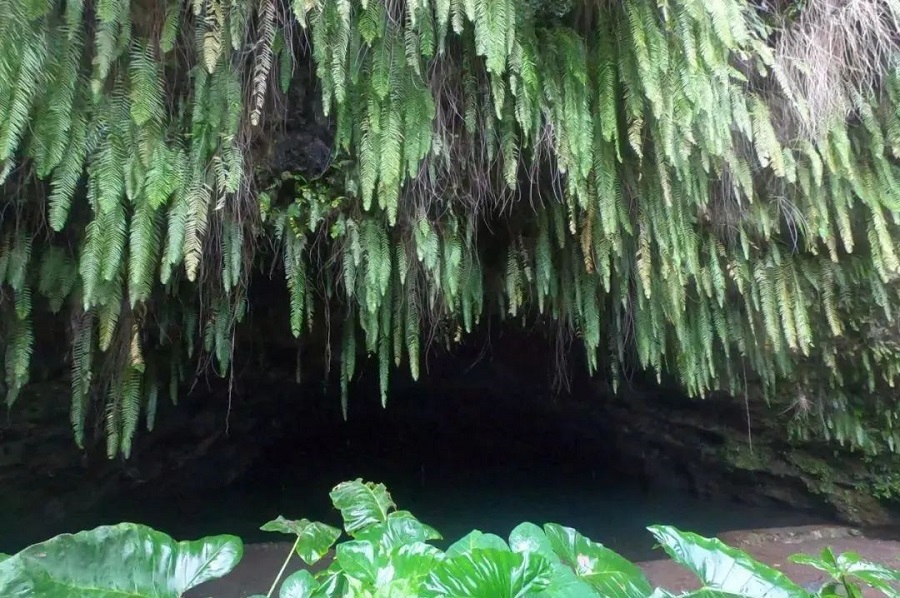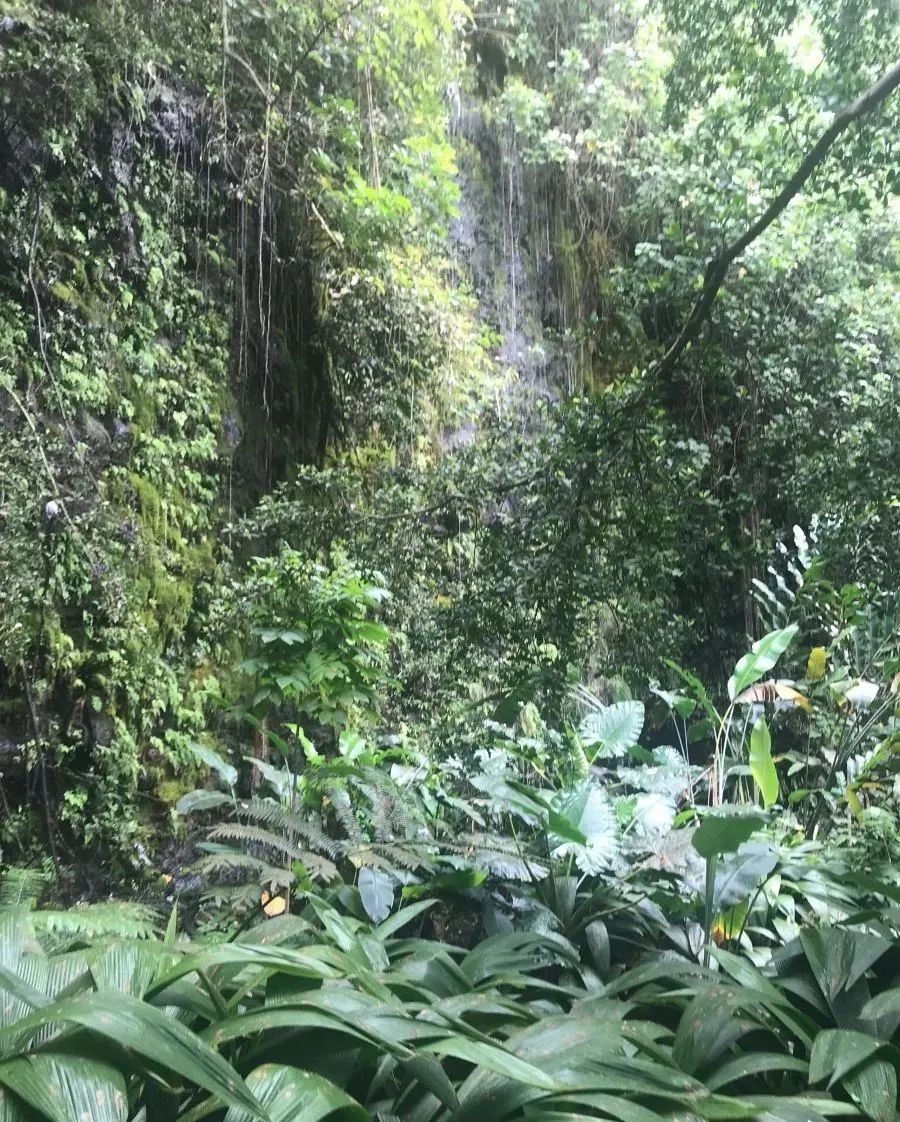Tahiti Island is the largest of the 118 islands in the Polynesian Islands in the South Pacific Ocean. It is the location of the international airport and capital of the Polynesian Islands. With a total area of about 1000 square kilometers, it looks like a tail fish from the air. Its head and body are called Tahiti Nui and its tail are called Tahiti Iti. At present, it has a population of more than 100000 people. It mainly produces coconut oil, sugar, vanilla, apatite, fruit, pearl shells, etc.
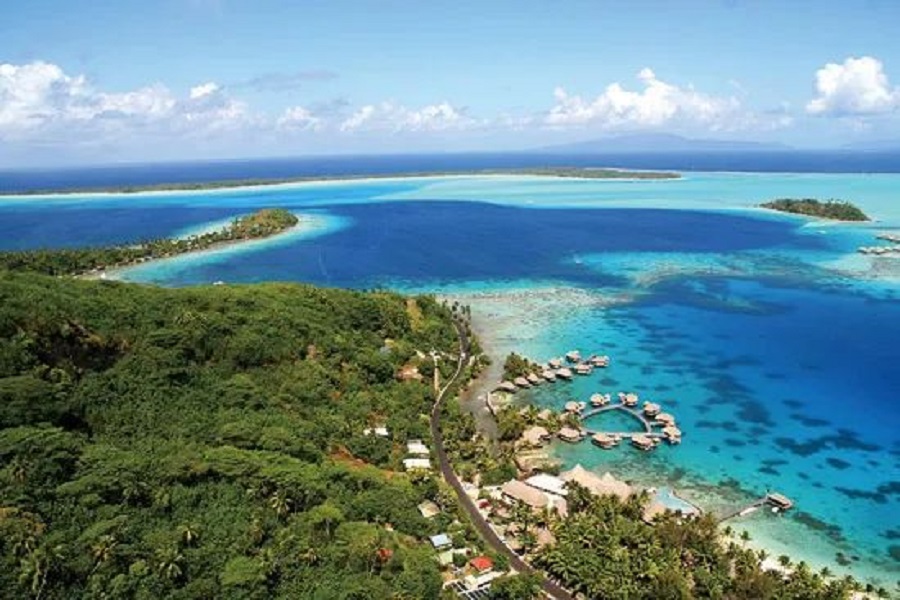
Located on an ancient site in Tahiti, the Museum of Tahiti and its archipelagos is one of the museums in the South Pacific region. Here you can see ancient sailboats, handicrafts, and learn about traditional skills. The museum shows the ancient history and culture of Polynesia.


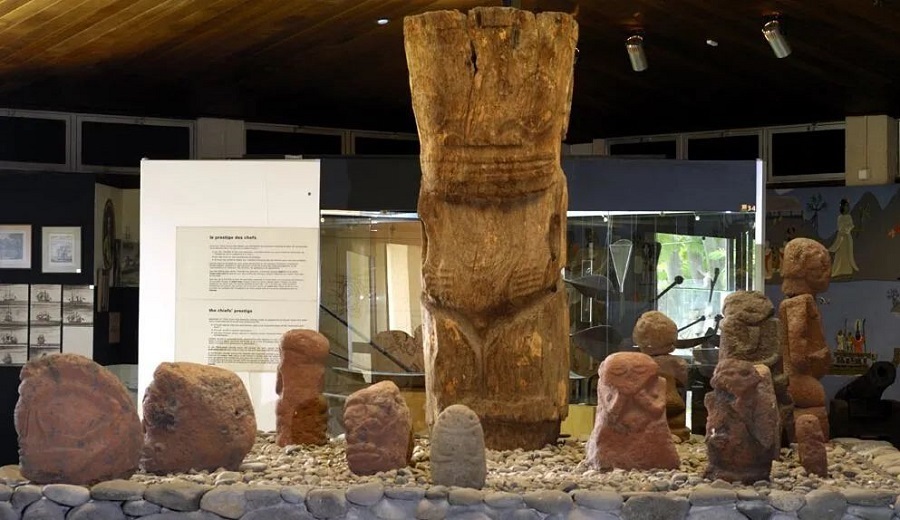
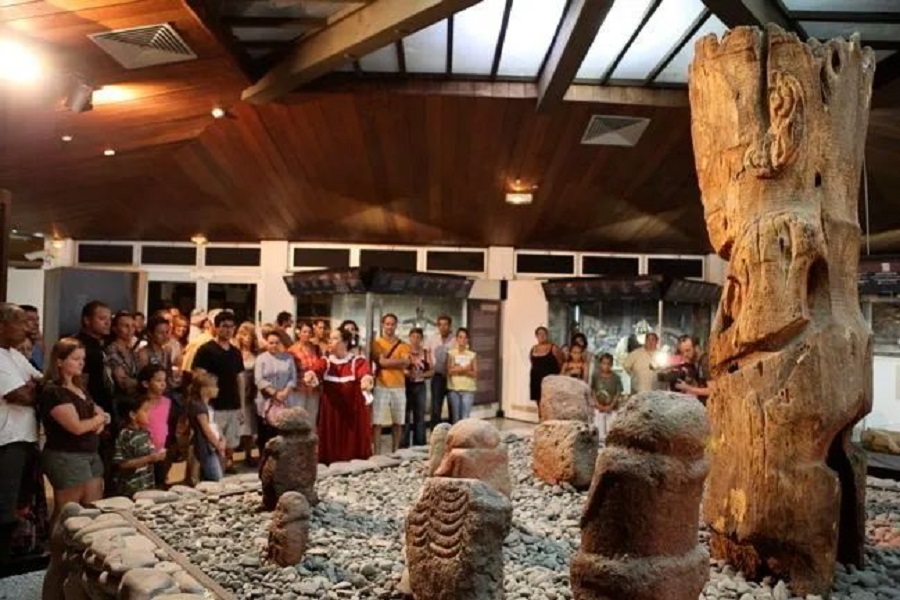
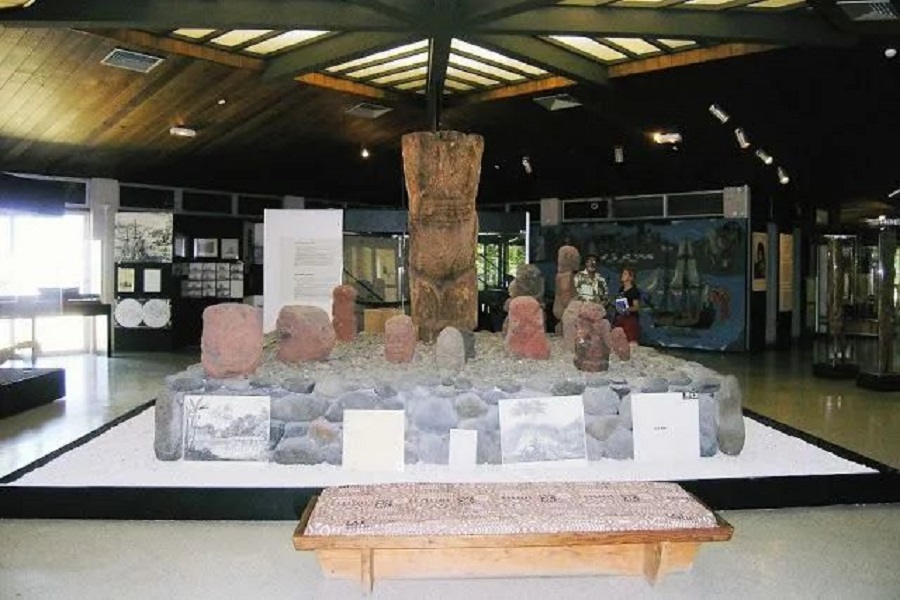
In the Robert Wan Pearl Museum, you can learn about the historical track of pearls around the world and in various periods, and also show the development of pearl breeding in these years.
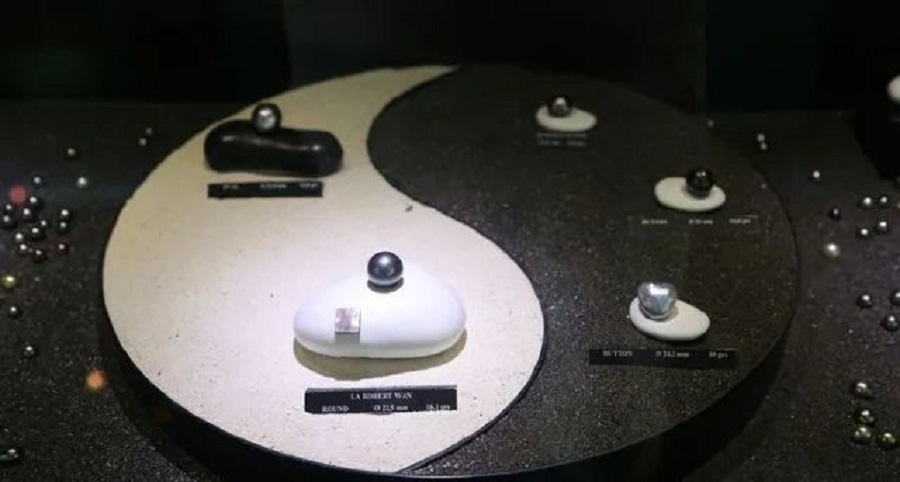


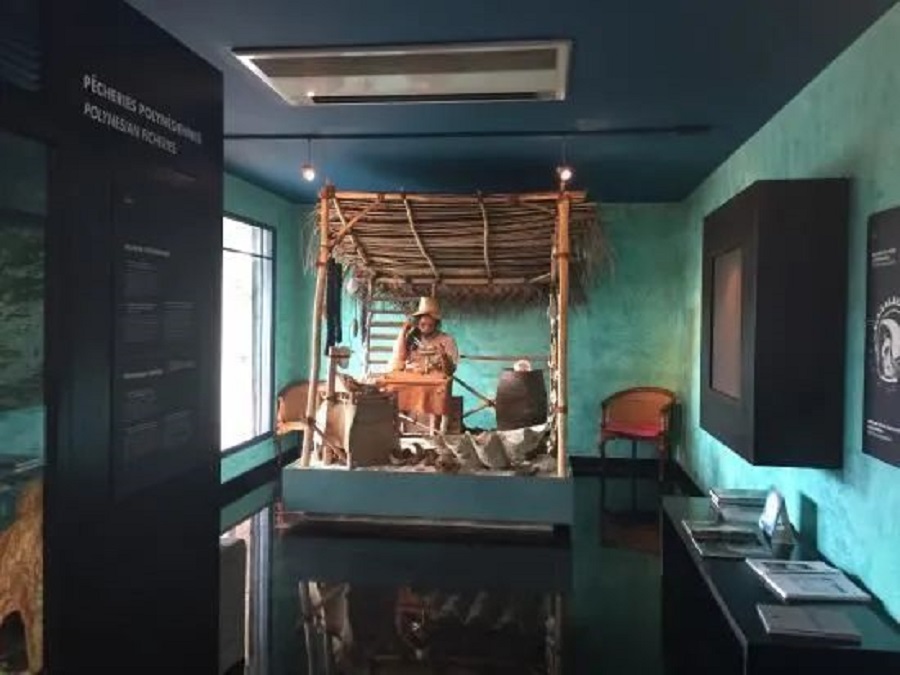

Papeete is the capital of French Polynesia, administratively belonging to the Windward Islands. On the northwest coast of Tahiti, it is adjacent to Matavi Bay in the Pacific Ocean. Papeete is more like an exotic town with beautiful environment, low population density and slow pace of life.
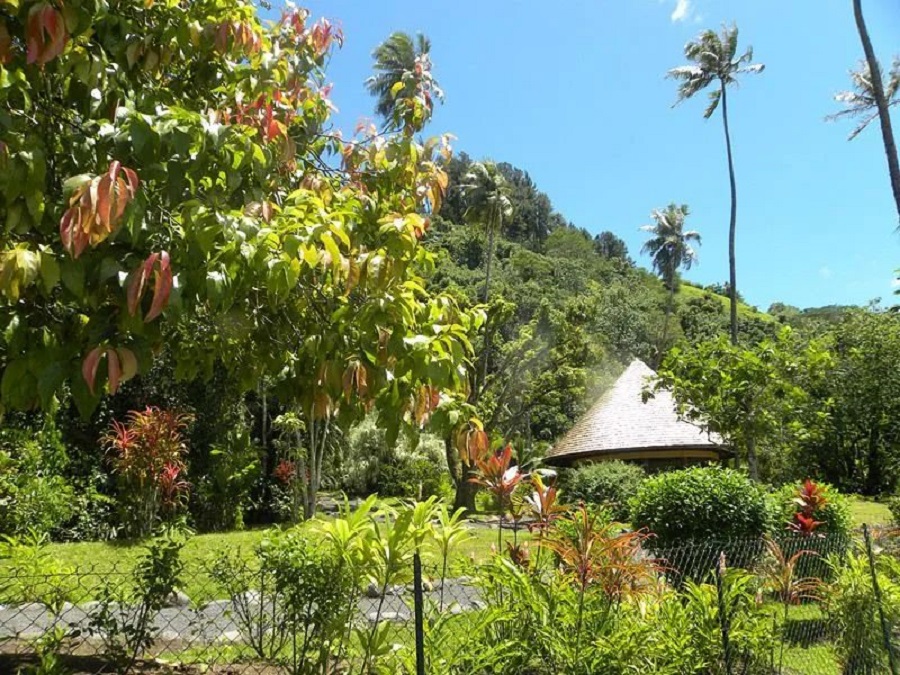
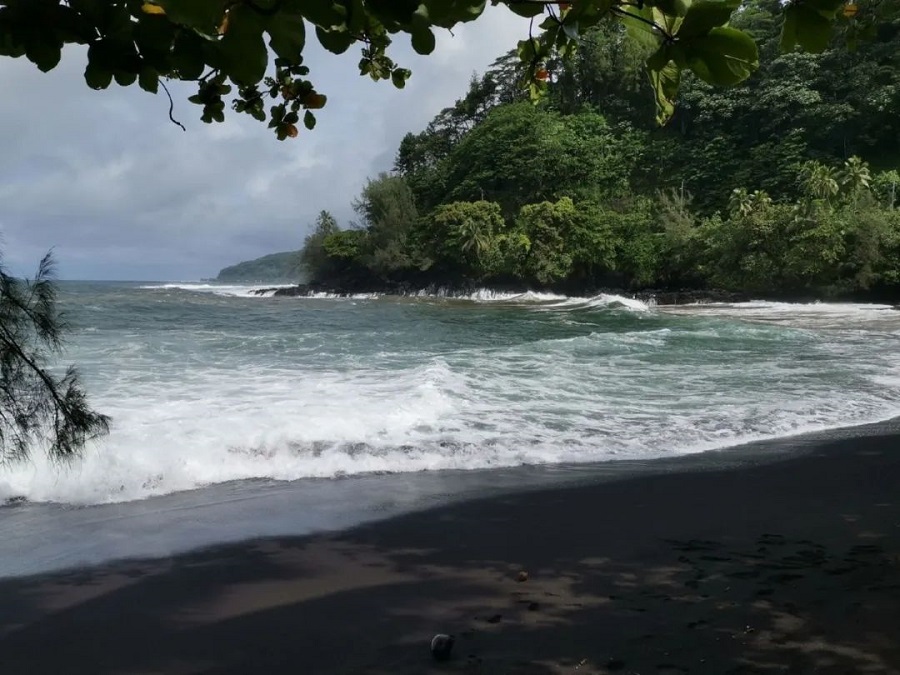
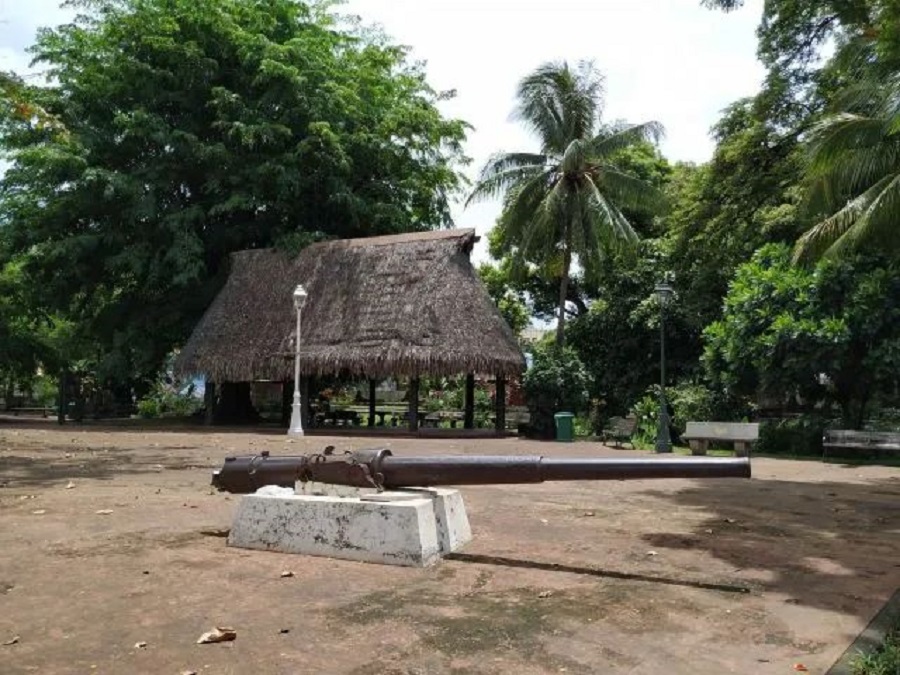
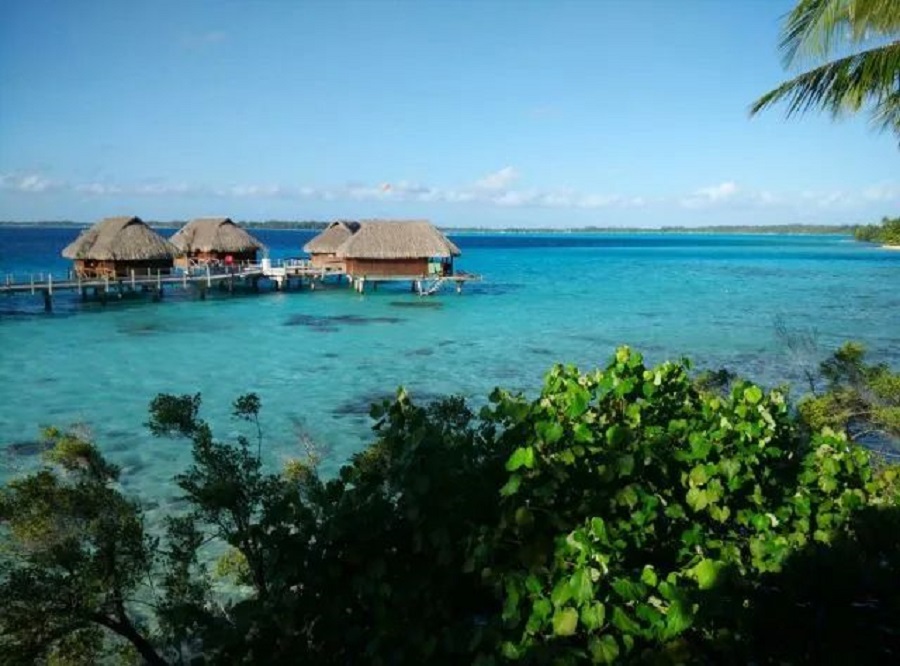
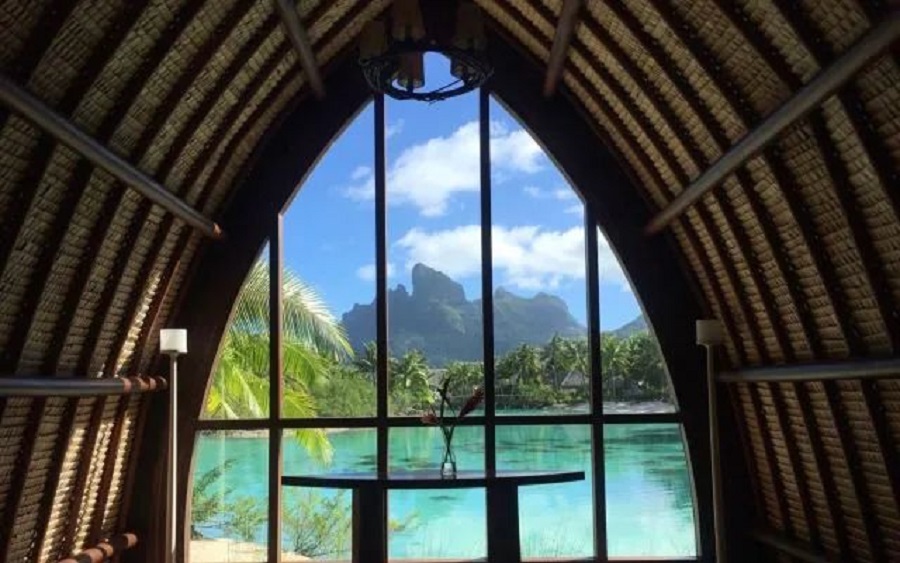
The Tahiti Botanical Garden covers an area of 137 hectares, with ponds, palm trees and large maple trees, through which the footpath passes. In 1919, Harrison Smith, an American, established the Botanical Garden and introduced a large number of plants, including pomelo trees in Southeast Asia. Unfortunately, some species introduced by Smith that are not suitable for the local climate environment also caused plant disasters in Tahiti.
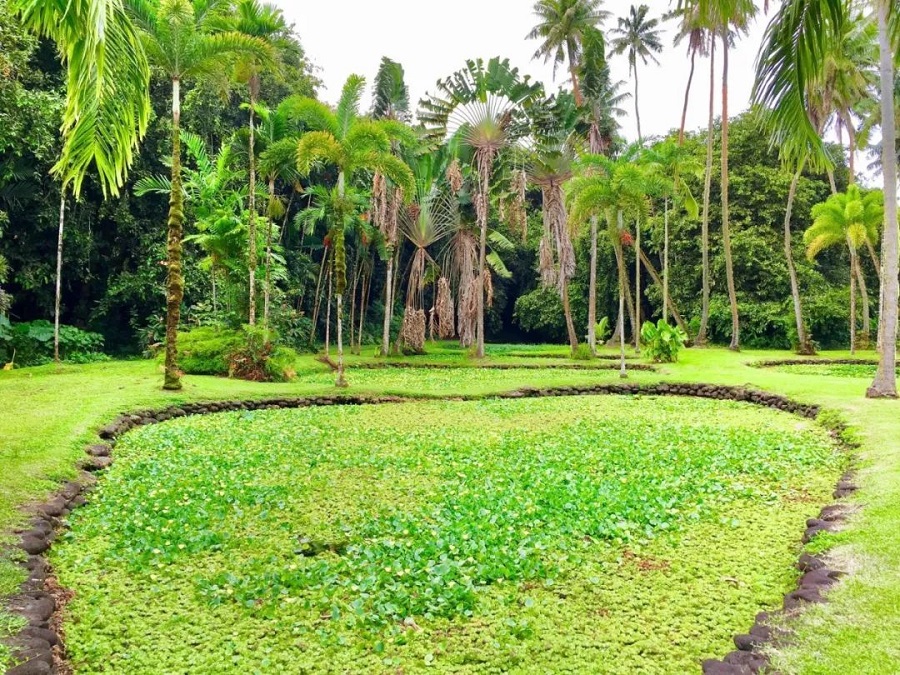
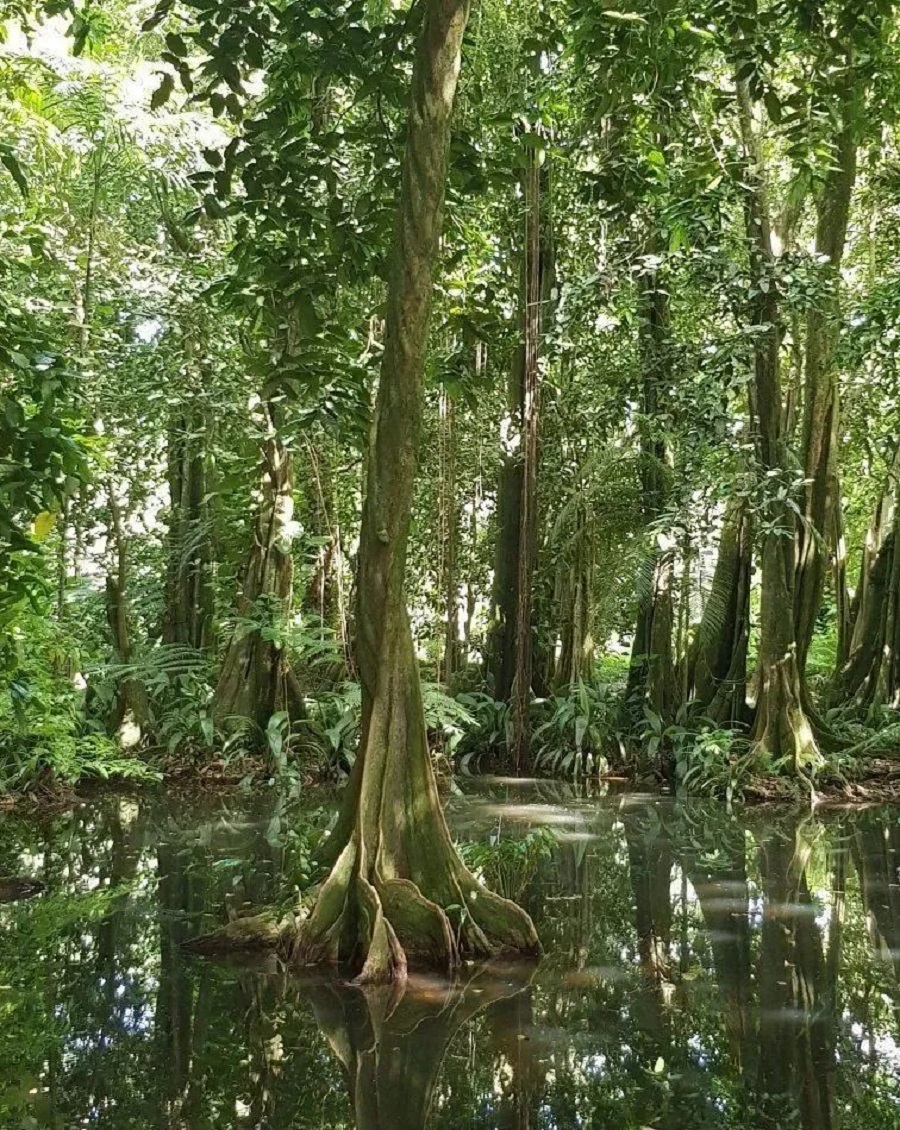
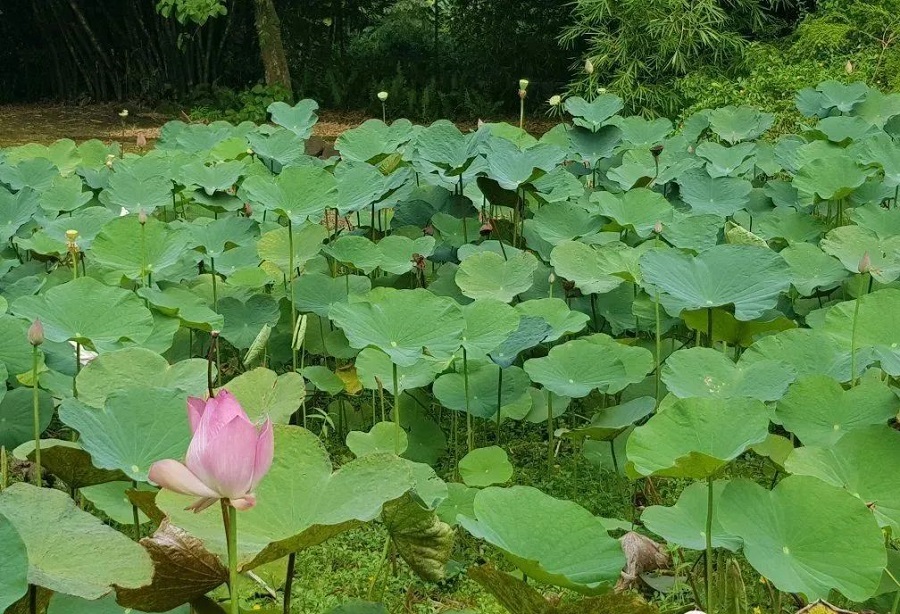
Mala'a Grottoes is a cave surrounded by ferns, with dense vegetation. It is a popular scenic spot in Tahiti island tour. A winding path in the park leads directly to the cave. You can enter the cave to visit, or even swim to Paroa Cave, where the lake water is clear.
